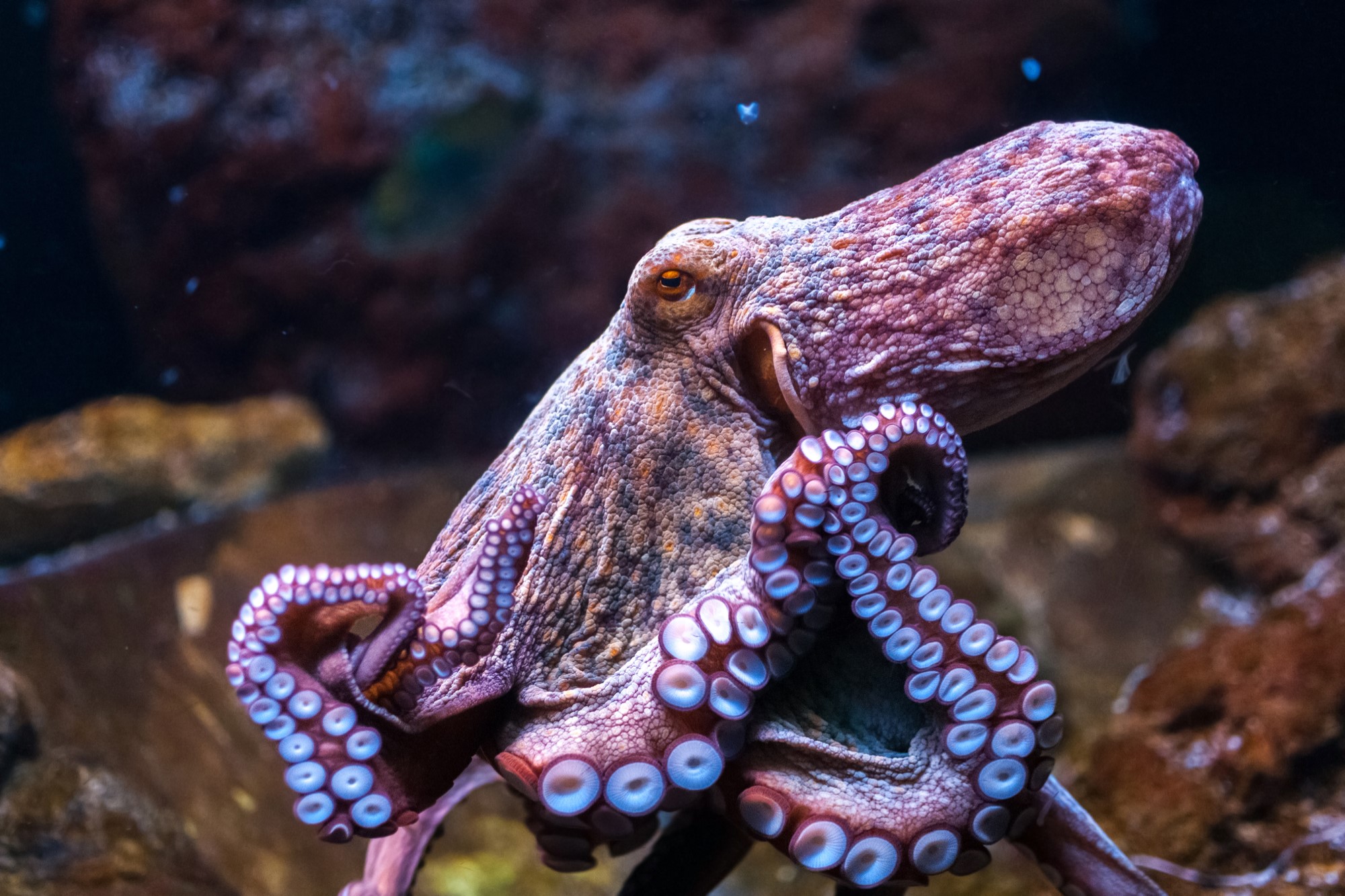Reasons and Elephants (and Persons)

In ordinary language, the term ‘person’ typically refers to an individual human being (and, sometimes, their physical body): signs reading “one person per table” or “$10 per person,” comments about preferences like “I’m not a cat person” or location descriptions such as “I always keep it on my person,” and references to strangers or people with unclear identities like “I spoke to a person in customer support yesterday” are all mundane examples. But technical uses of the term ‘person’ abound: linguists use it to describe the intended audience of a speech-act; Christian theologians have developed the term in complicated directions to buttress the concept of a trinitarian deity; the law (roughly) defines it as something that possesses legal standing to bring complaints to the court, a category which includes individuals, but also corporations, churches, colleges, and other legally-protected entities.
It does not include elephants.
Over the last few years, The Prindle Post has periodically discussed the legal case of Happy, a 51-year old Asian elephant who has lived in the Bronx Zoo since 1977. In 2018, the Nonhuman Rights Project filed a case on Happy’s behalf claiming that she is a legal person who has a fundamental right to liberty which is violated by her solitary confinement in her zoo pen; after several judgments and appeals, the New York Court of Appeals ruled in June that Happy is not a person in the relevant sense and, therefore, cannot request the court system to protect her. Writing for the majority, Chief Judge Janet DiFiore explained that the legal principle of habeas corpus — which prevents someone from being imprisoned indefinitely without criminal charges — is irrelevant to Happy because “Habeas corpus is a procedural vehicle intended to secure the liberty rights of human beings who are unlawfully restrained, not nonhuman animals.”
In short, the court’s decision is squarely and explicitly speciesist: it treats Happy differently than other creatures because of her species.
While the five judges who ruled against her carefully avoided making a claim about whether or not Happy actually has a right to liberty, they instead concluded that the structure of the law simply cannot, in principle, apply to Happy because she is not human. By their own reasoning, Happy might well possess a right to liberty that is being violated by the Bronx Zoo, but New York law is not designed to protect such a right (if, they would say, it exists).
This should seem strange. Normally, people who talk about “rights” tend to treat them as a relatively simple category: if Susan has a right to “not be abused” and Calvin has a right to “not be abused,” then we would typically say that both of them possess the same right to the same thing. If we were to learn that Susan is a hamster, it seems plainly immoral to just suddenly accept that Calvin could abuse her without acting improperly. Presumably, if you think that Calvin should not abuse hamsters (or cats, dogs, red pandas, or whatever your favorite animal happens to be), then you might well think that Calvin has a duty to not abuse them (which also means that they have a right to not be abused). There is no need on this model to differentiate between “the human right to ‘not be abused’” and “the nonhuman right to ‘not be abused’” — but this alleged distinction is roughly the only reason why Happy’s right to liberty was ignored by the court system. According to the judges, habeas corpus is only about “the human right to liberty” alone.
This means that the five judges who ruled against Happy on these procedural grounds were effectively saying that “Happy must lose the case because creatures like her cannot use habeas corpus to win cases.”
But this seems like an example of a rudimentary logical fallacy: petitio principii, better known as begging the question or an argument that is circular. If I try to argue that “abortion is murder” because “all abortions intentionally kill an innocent person,” then I’m assuming (among other things) that a fetus is an innocent person — but this is what my argument was supposed to prove in the first place! For my argument to not be circular, I must first give some reason to think that fetuses are people, at which point I could say that an abortion kills a person (I’ll leave the ‘intentionally’ and ‘innocent’ claims as an exercise to the reader).
In a similar way, the court was asked by Happy’s lawyers to determine whether her rights were violated; for the courts to instead say “Happy’s rights were not violated because she is not human” assumes that “only humans have rights that can be violated” — but this is precisely what the court was asked to consider from the start!
Sadly, it seems like little else can be done for Happy: there is no further recourse available in New York’s court system. But two small silver linings are left on this cloud: firstly, the fact that the courts considered Happy’s case at all is surprising — she is only the third nonhuman animal to be given a legal hearing in this fashion (two chimpanzees named Tommy and Kiko were the first and second in a similarly unsuccessful case in 2018). But, even more encouraging is the fact that Happy’s case was not unanimous: two of the seven judges voted in her favor. According to Judge Rowan D. Wilson, the legal system should
recognize Happy’s right to petition for her liberty not just because she is a wild animal who is not meant to be caged and displayed, but because the rights we confer on others define who we are as a society.
It remains to be seen how long it might take for society to recognize the rights of nonhumans (we’re still struggling to legally recognize many human rights); until we do, we should expect the court system to continue spinning in logical circles.




